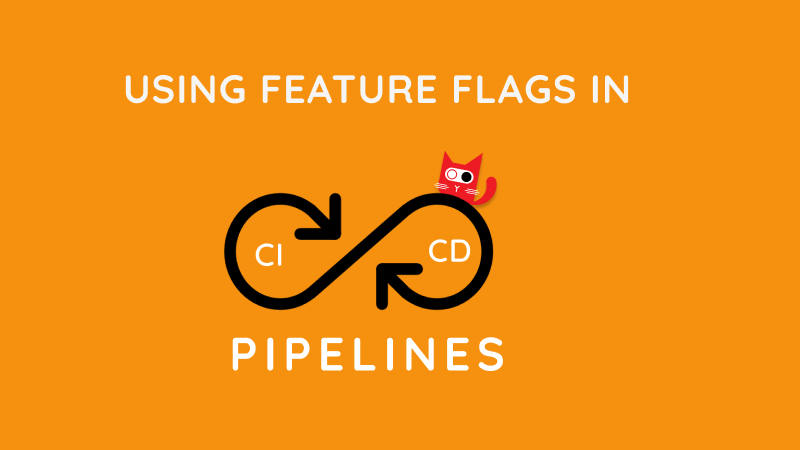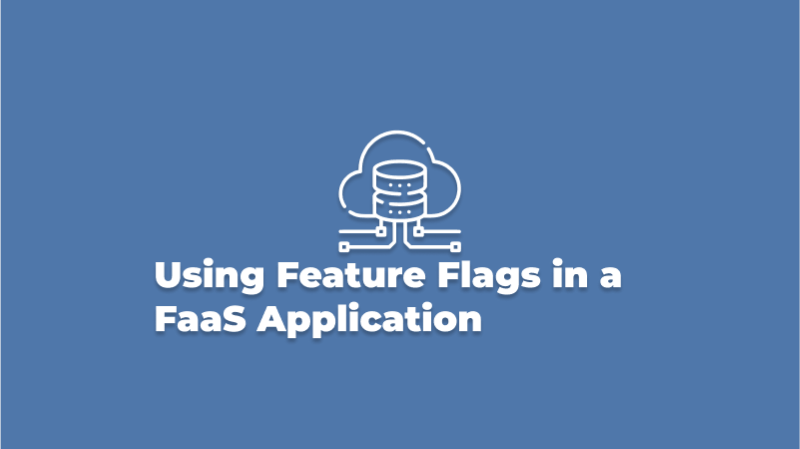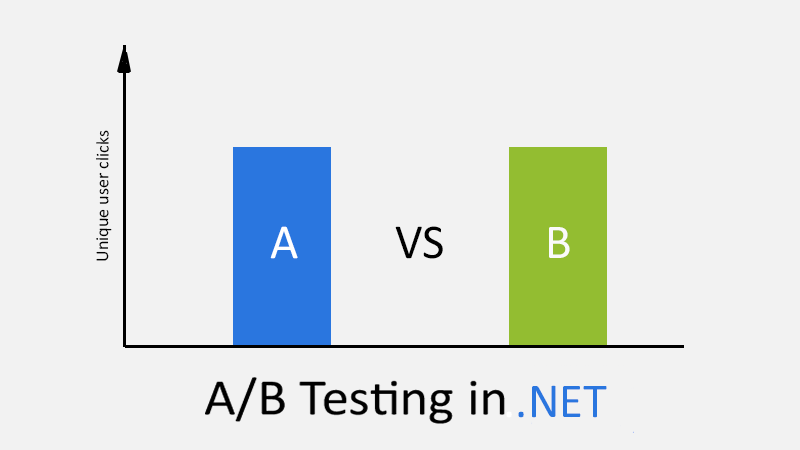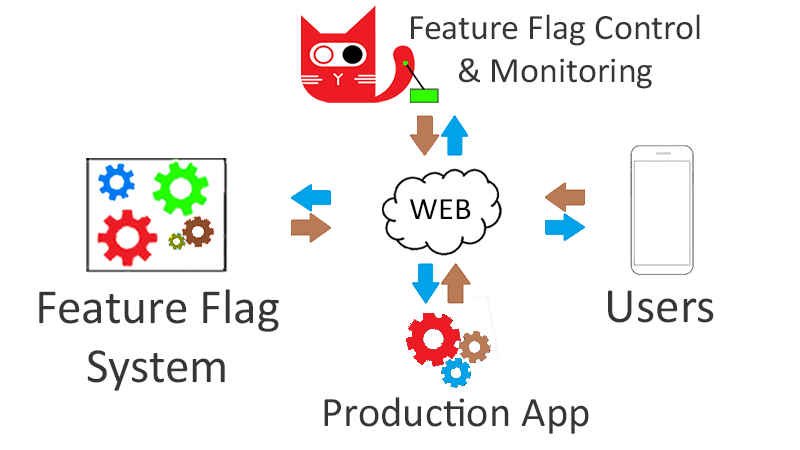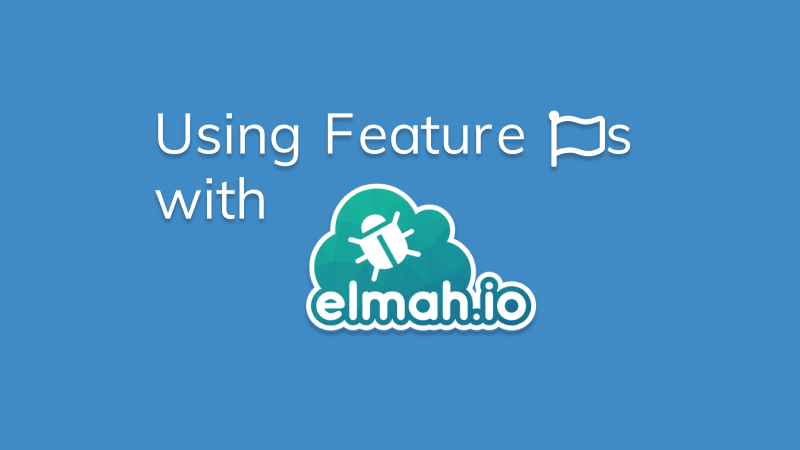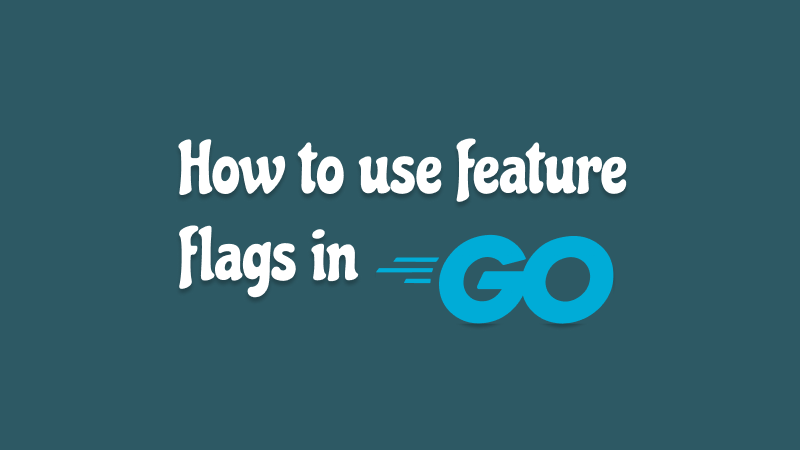Using feature flags in your CI/CD pipelines
Continuous Integration and Continuous Development/Deployment, most commonly abbreviated as CI/CD has changed and improved the way modern software is developed and shipped. When compared to traditional approaches which had a definite end, the CI/CD process is always ongoing with a strong emphasis on automation. As a result, new features and updates are steadily released to end users. This puts a huge overhead on developers and stakeholders to manage features efficiently. But, with the right feature management tool in place, this can be streamlined and simplified without much overhead, if any at all.
